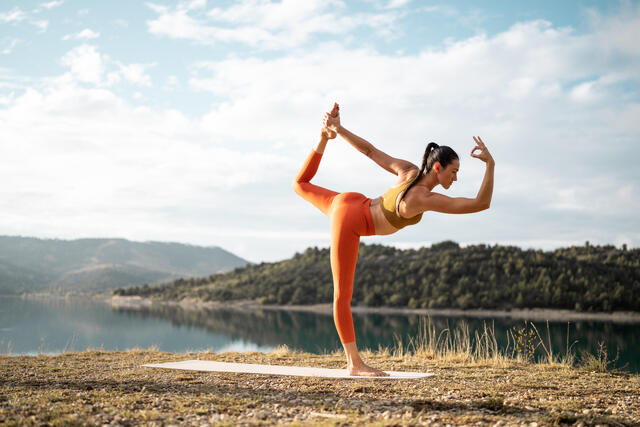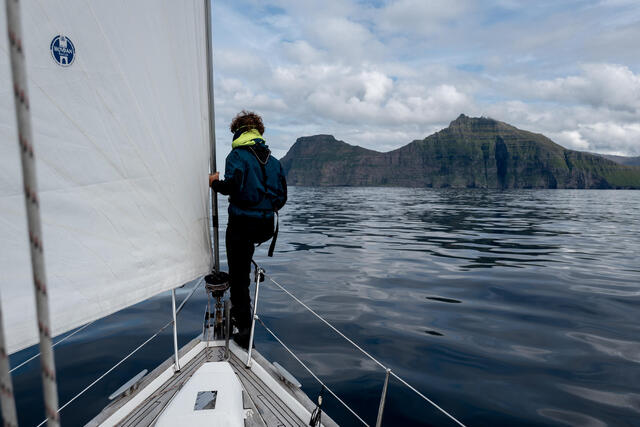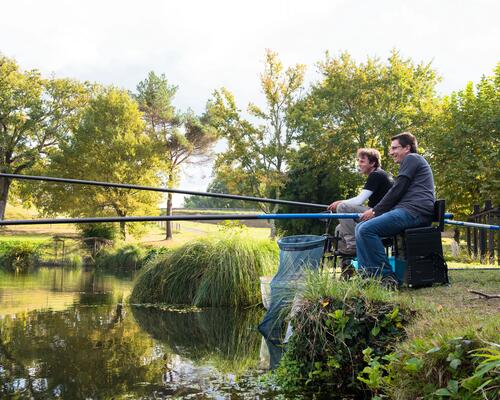Why do I need to wear a life jacket?
Around 200 people taking part in water-based and waterside activities drown every year in the coastal waters around the UK and Ireland. Whatever your activity, wearing a well-fitted, well-maintained life jacket can save your life. In fact, wearing a life jacket can increase your chances of survival by up to four times if you’re immersed in cold water.
Cold water shock is the uncontrollable reaction of the body when it is first submerged in cold water (15°C or below). The body will experience a gasp reflex, which is a rapid intake of air. This causes your heart rate, breathing rate and blood pressure to increase dramatically, making some people susceptible to heart attacks. Without a life jacket, even strong swimmers will suffer from ‘swim failure’ after around 30 minutes of swimming in cold water. Wearing a life jacket with the correct buoyancy is vital to survival.
There are several features on a life jacket that can really increase your chance of survival if you end up in the water. Though not all features come as standard, so make sure you know what your life jacket comes with when choosing which one to buy.
Crotch straps: Also known as thigh straps, these stop the life jacket from riding up. They also keep your mouth and nose slightly higher, reducing the chance of water inhalation. A life jacket may have one or two straps fitted, depending on the design.
Light: Many life jackets come with a light already attached. But they’re easy to buy separately and fit to your jacket if it doesn’t already come with one. You can get a fixed or flashing light which will make you much more visible at night, or in bad weather.
Whistle: A whistle will increase your chances of being detected while you’re floating on the water’s surface. A whistle comes as standard on a lifejacket but not on a buoyancy aid. Either way, it’s a low cost addition to your personal safety kit.
Spray hood: This will keep wind-blown spray and breaking waves away from your airways, making it easier to breathe and reducing the risk of drowning. The spray hood will also help reduce heat loss and make you more visible in the water.
Personal locator beacon: Also known as a PLB, this device will help raise the alarm and tell rescuers where you are. PLB’s are manually operated, and they transmit a signal via satellite to the emergency services, wherever you are in the world. AIS MOB devices (meaning Automatic Identification System, and Man Over Board) use a very high frequency signal to alert local vessels (able to receive AIS signals) of a man overboard. They can be fitted to operate automatically when the life jacket inflates.






















